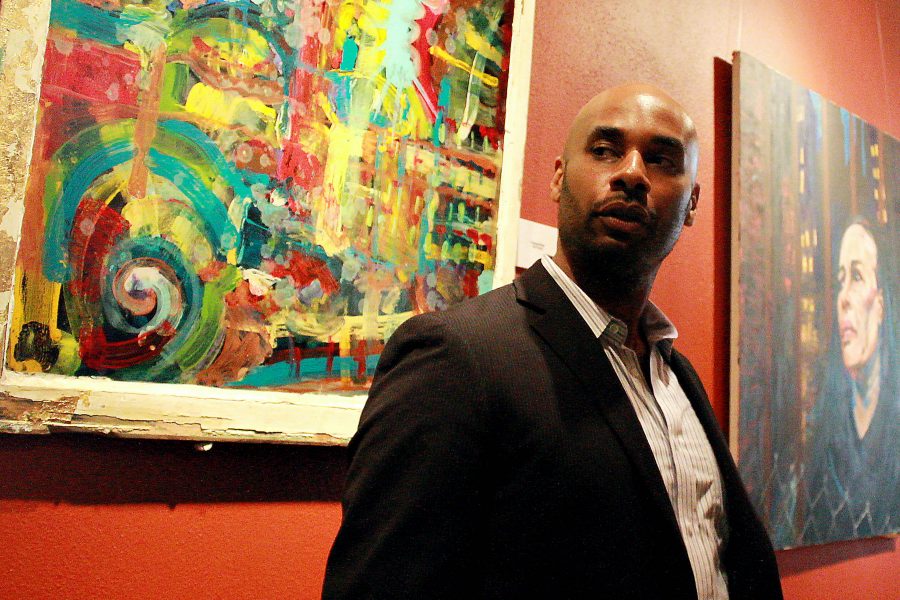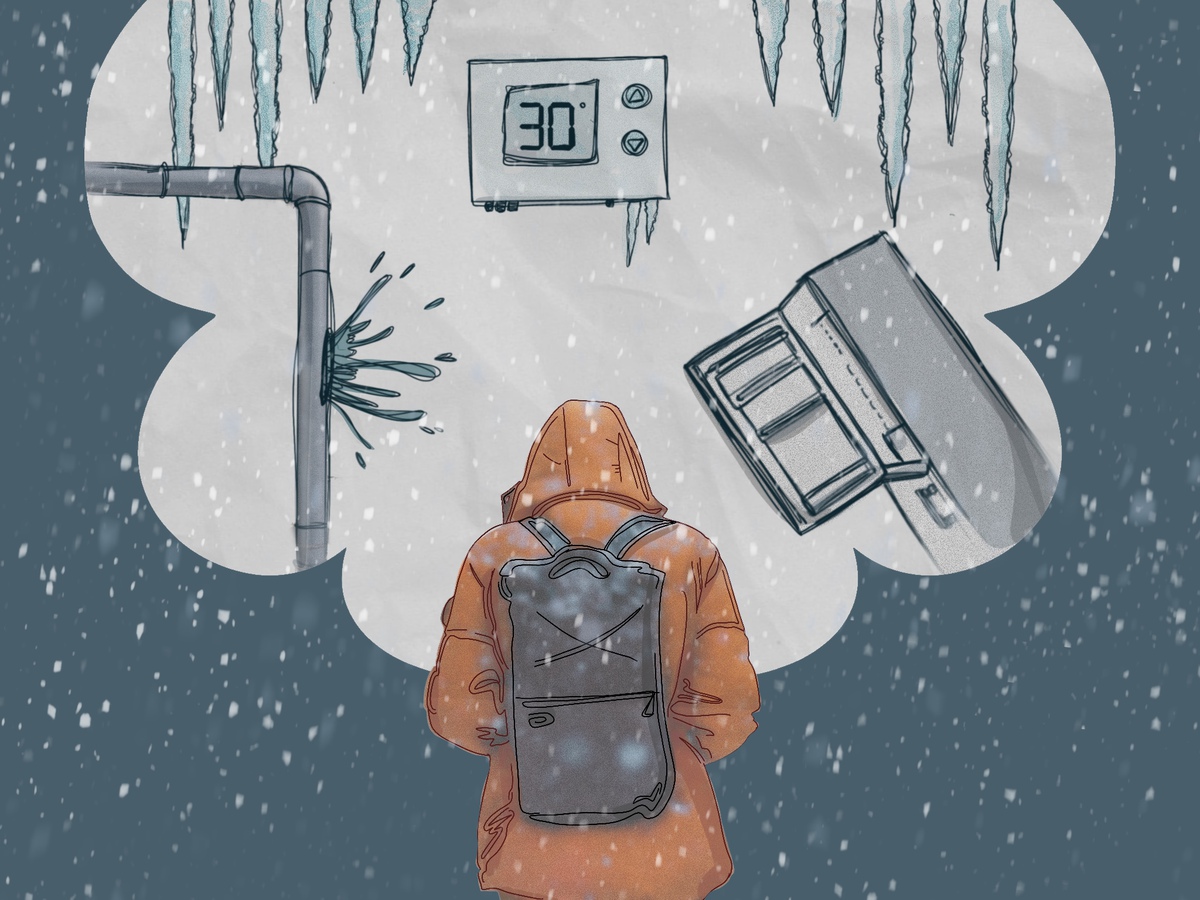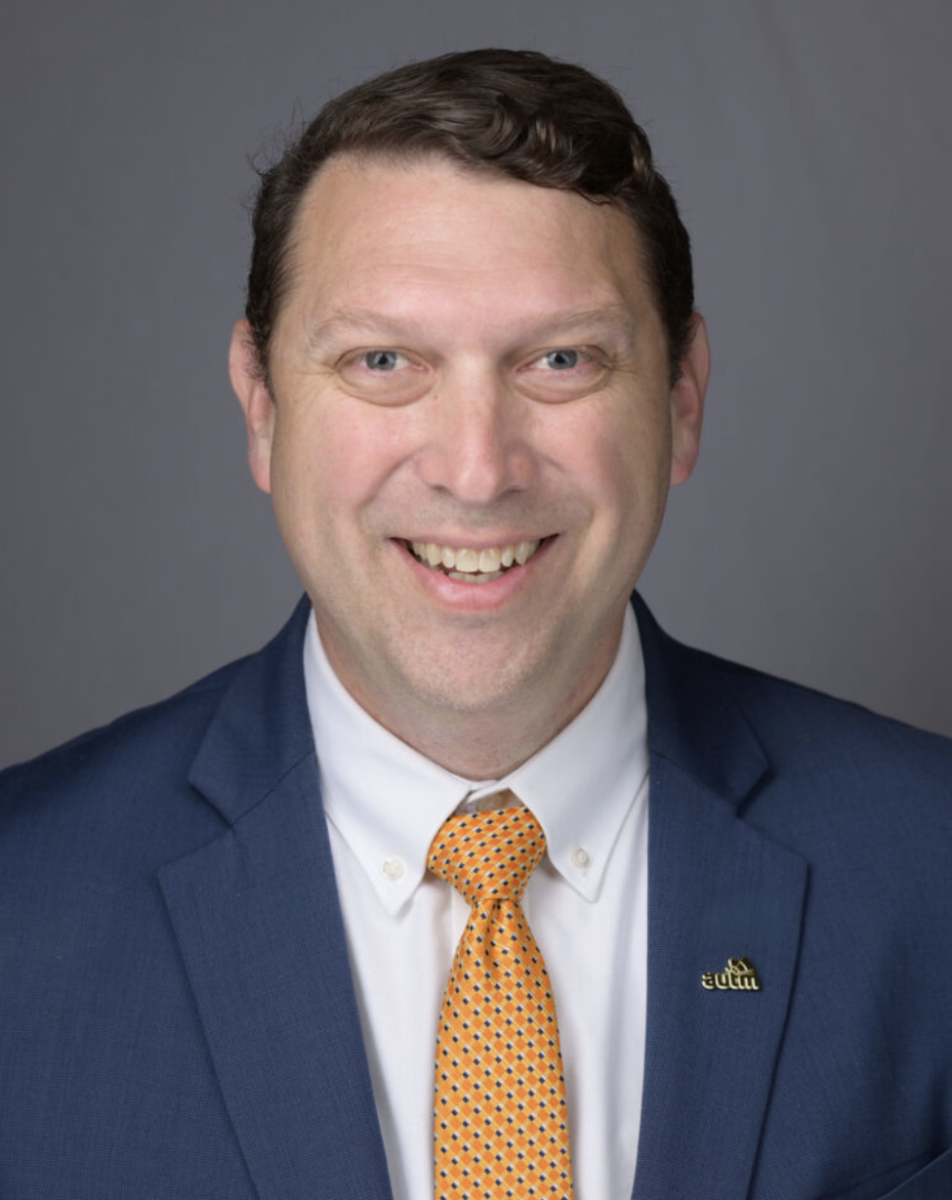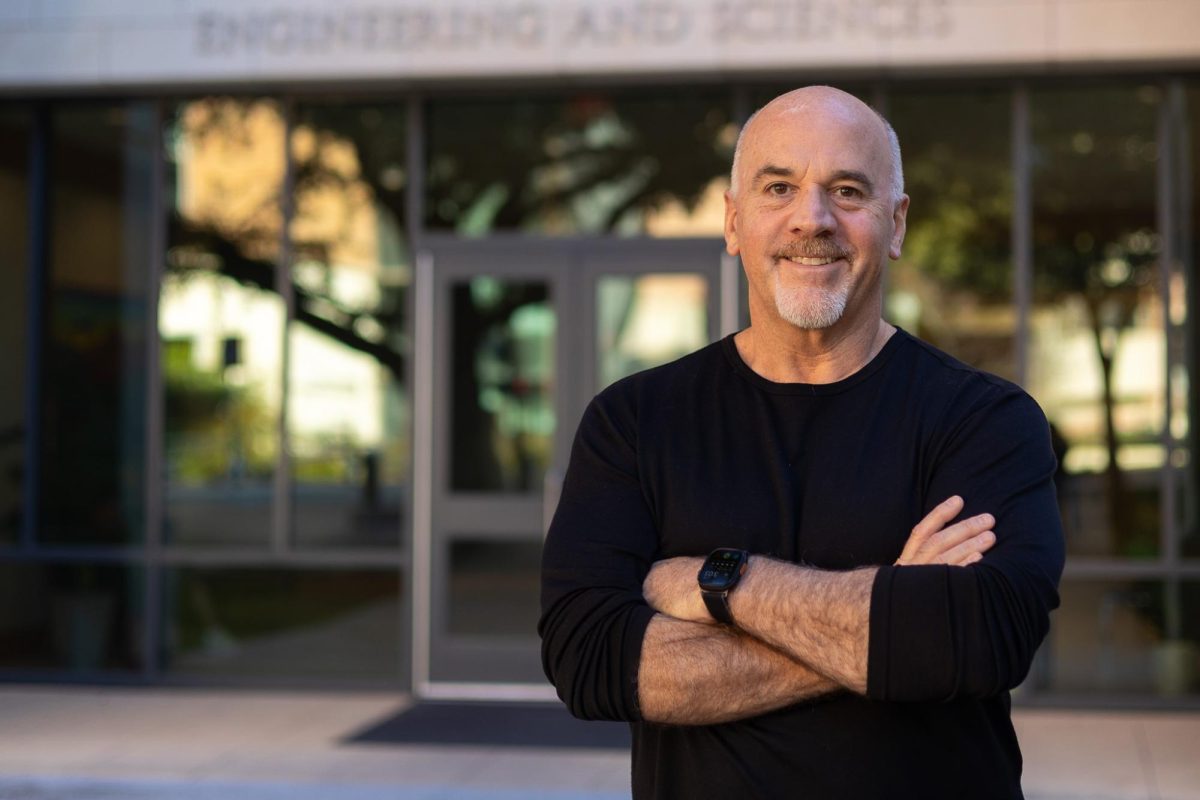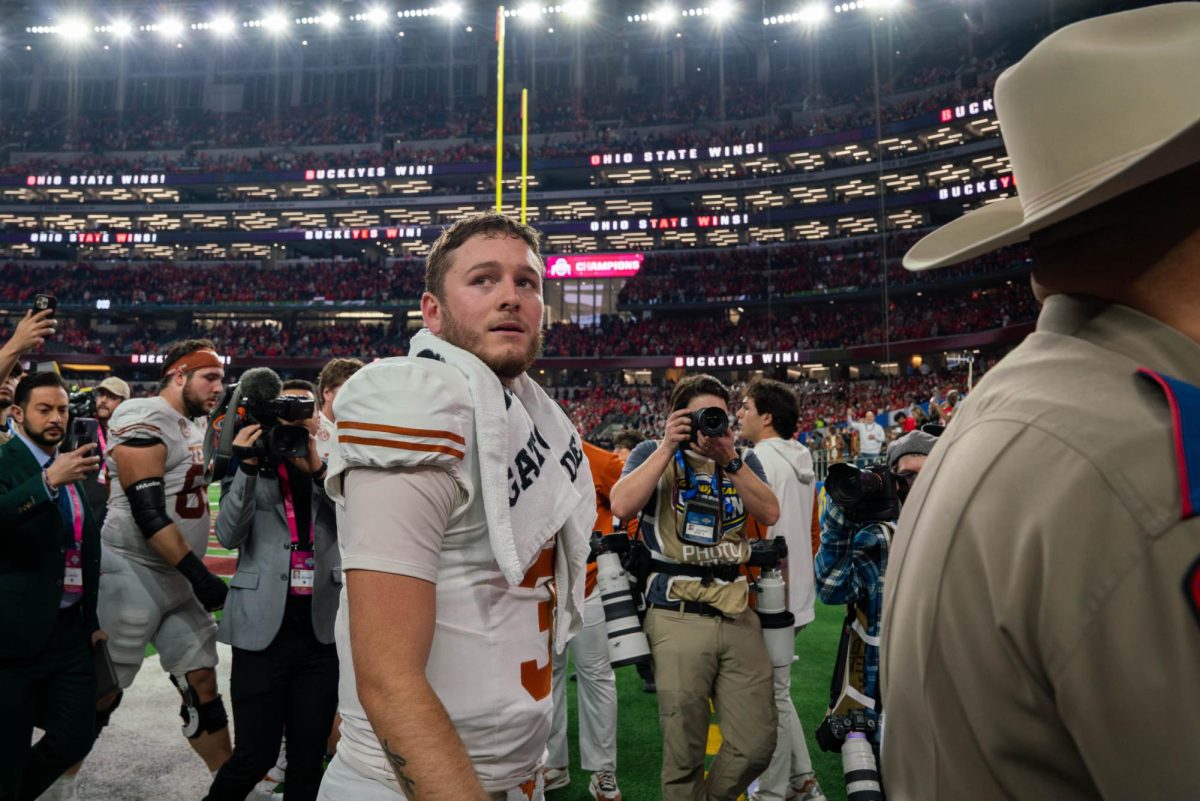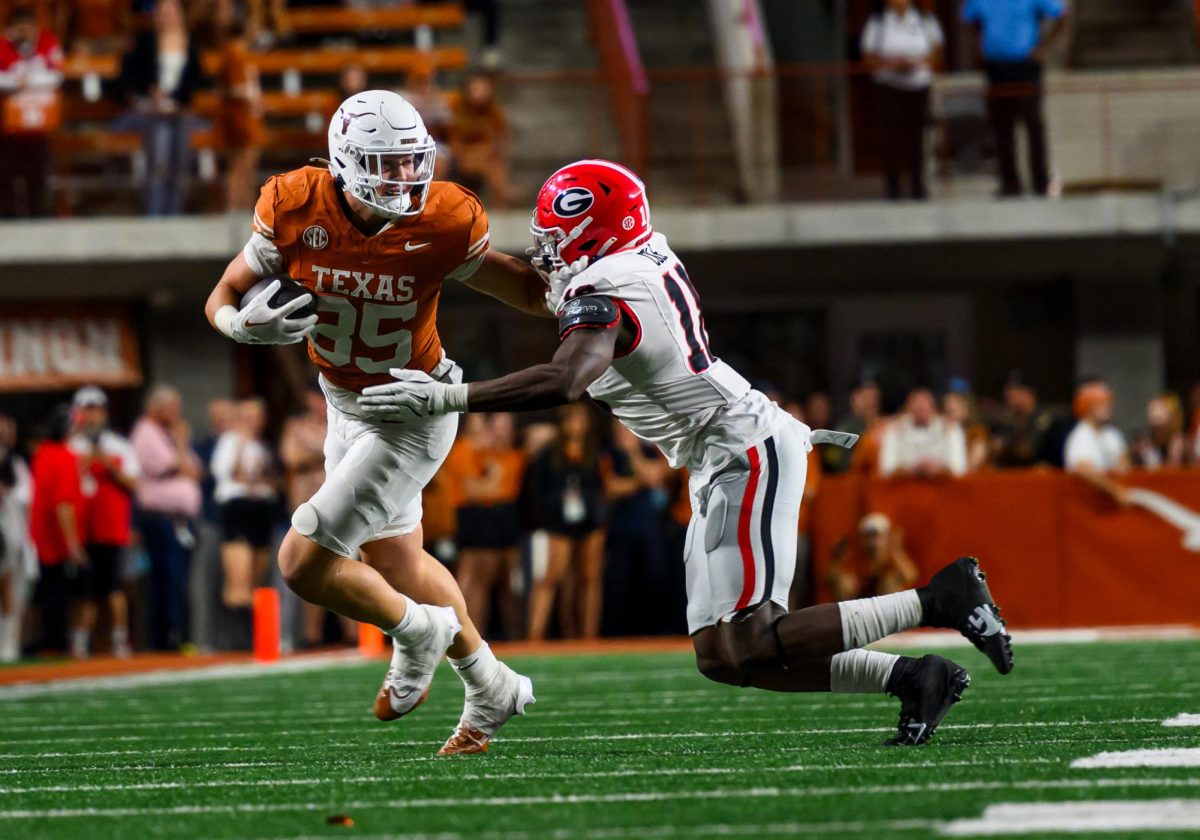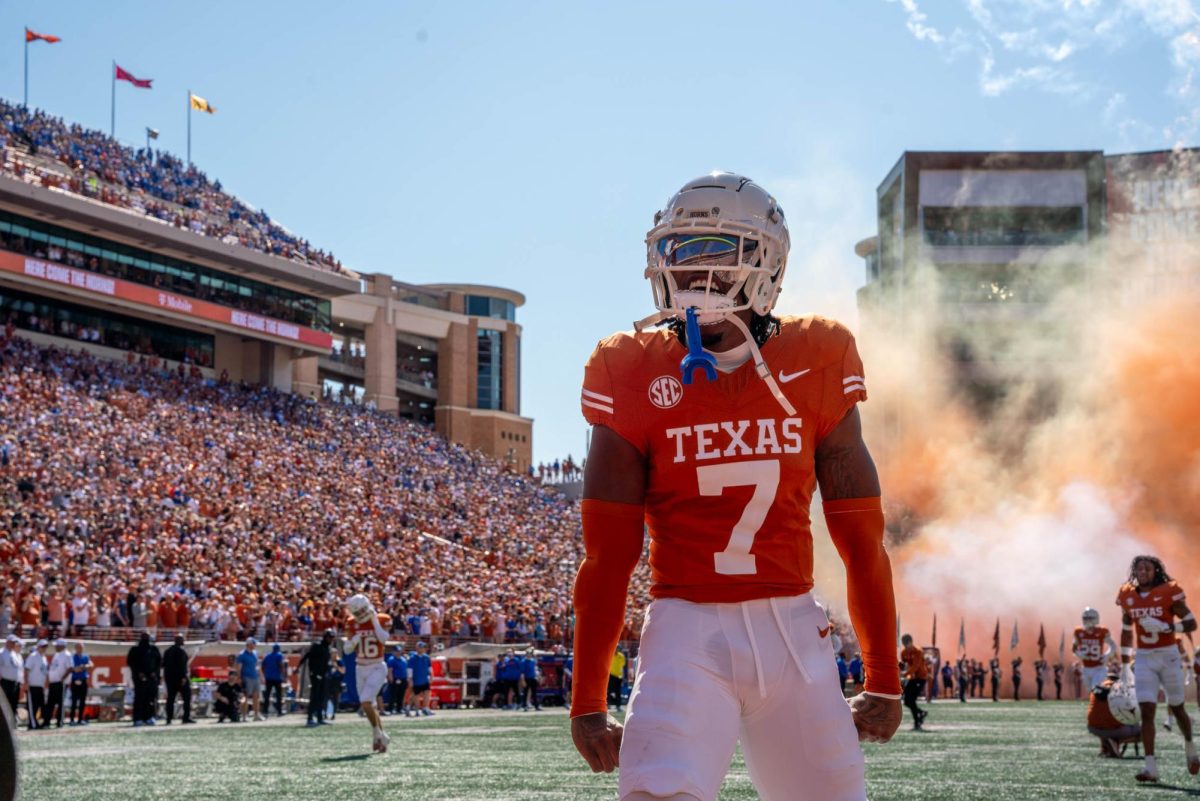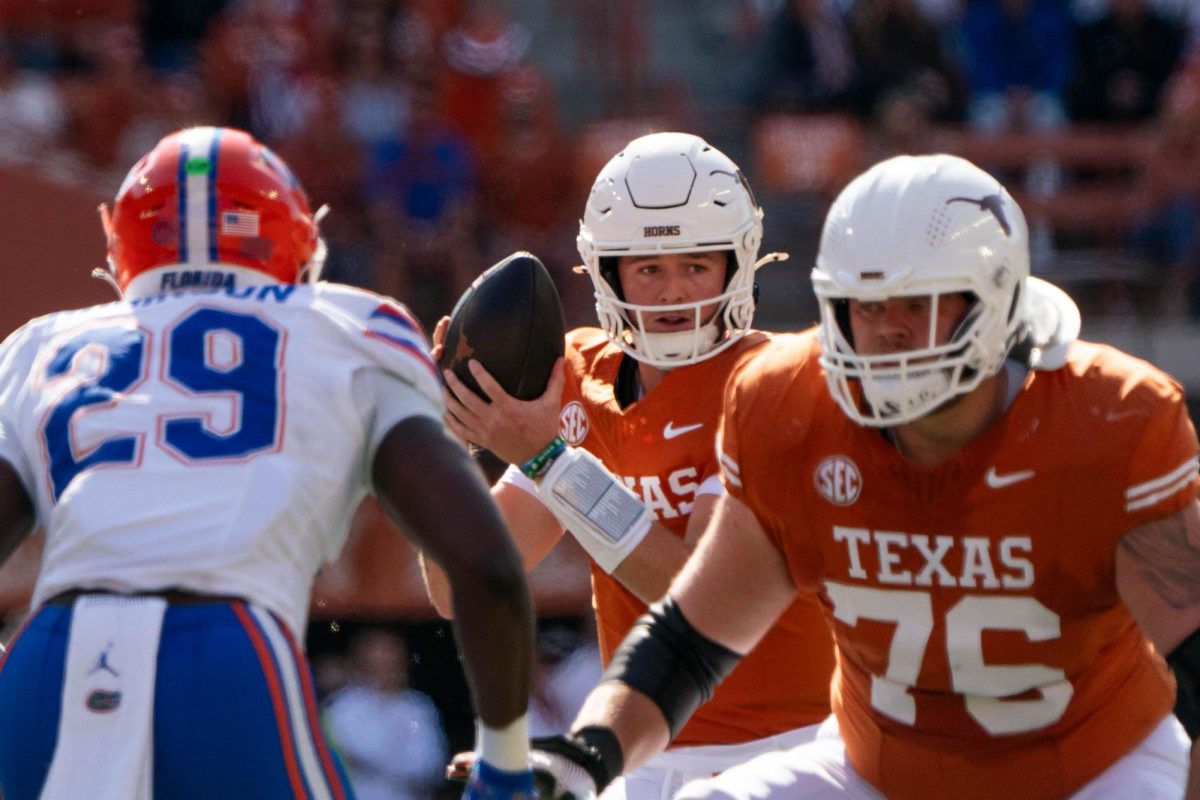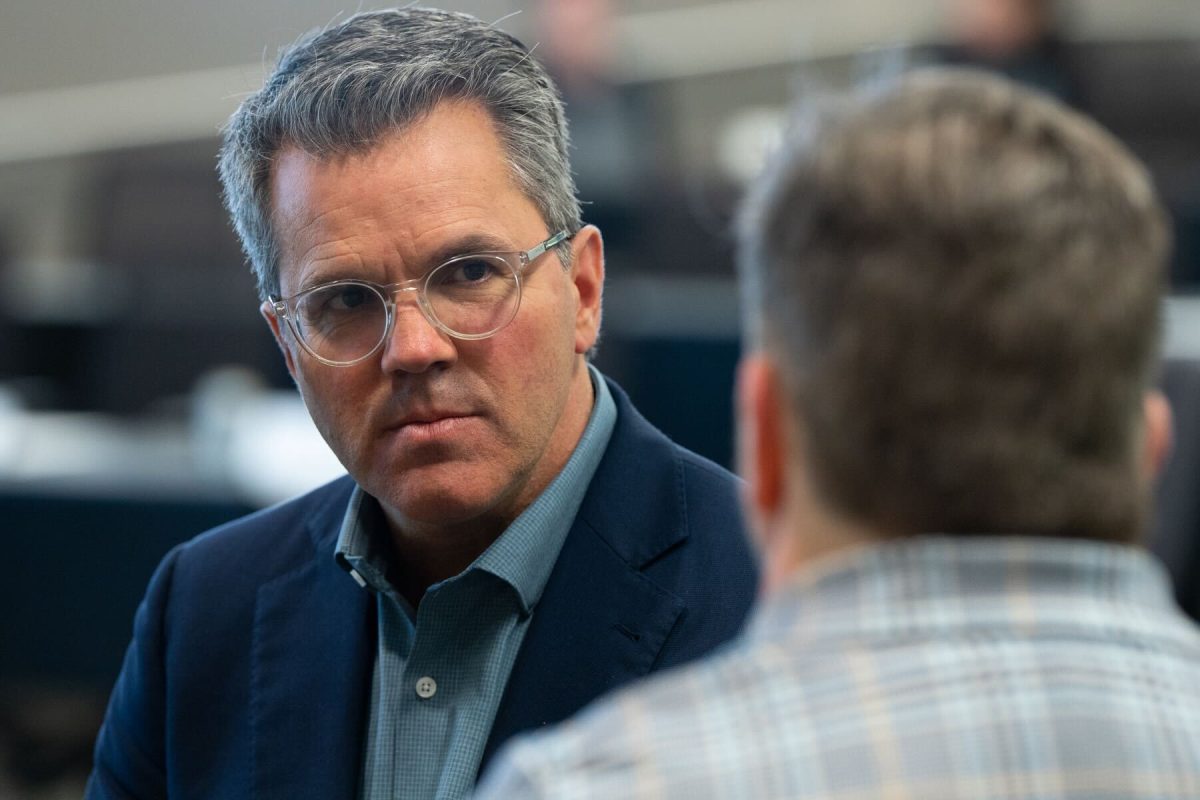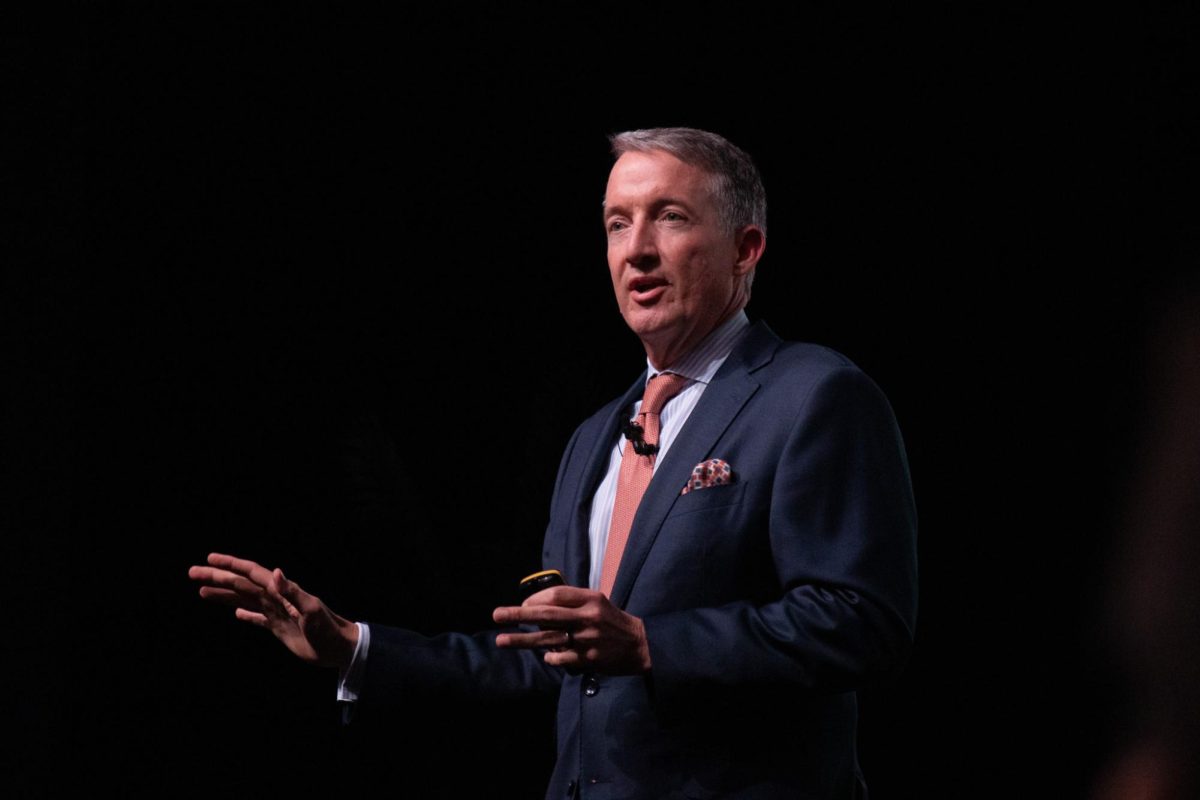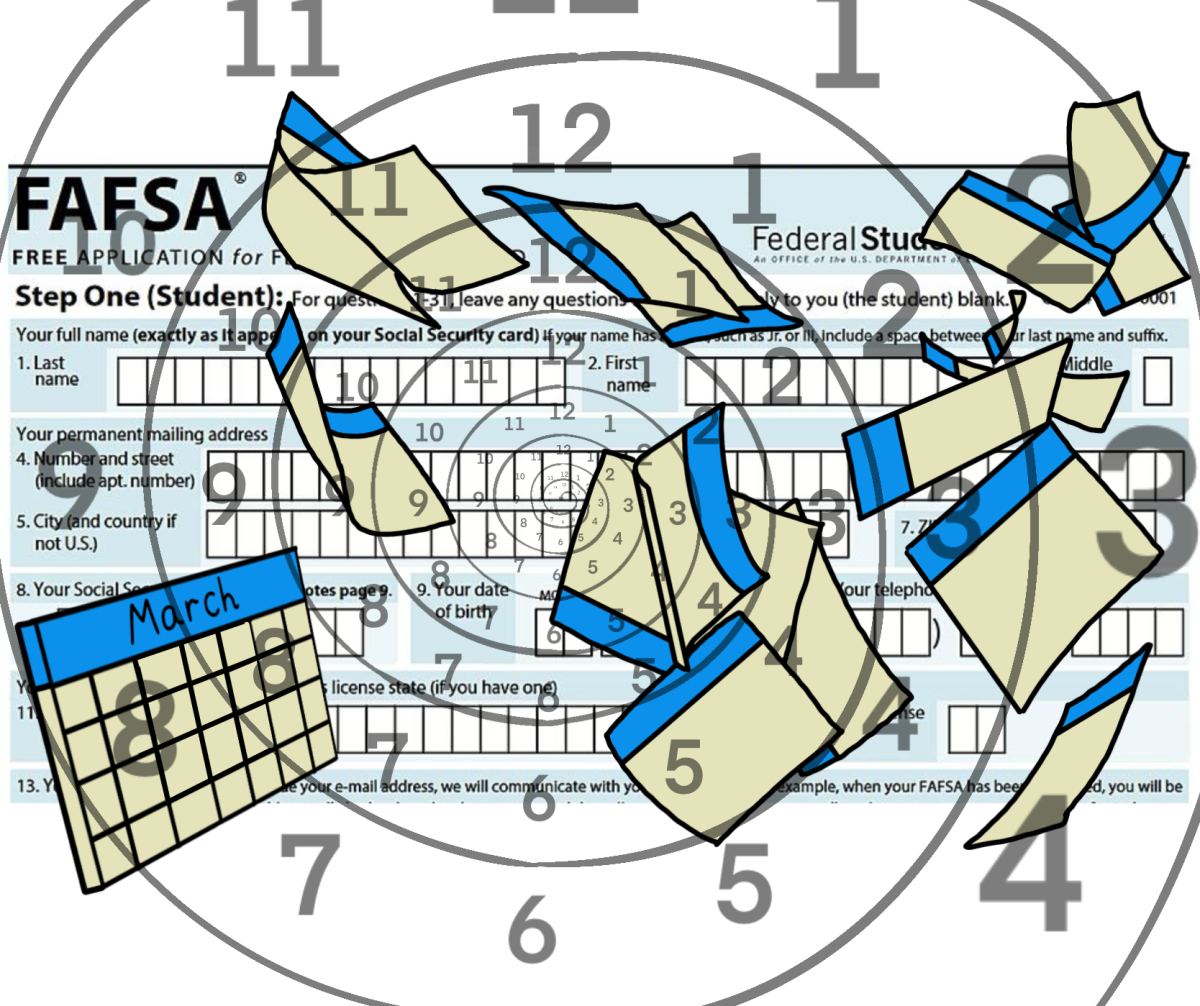February is Black History Month and members of the department of African and African Diaspora Studies and the John L. Warfield Center for African and African American Studies said they want to focus their attention on a specific social issue — gay African-American dancers.
“The center wanted the UT community to think about the issue of manhood in American society in ways we don’t normally think about it,” said Frank Guridy, associate professor and director of the Warfield Center.
“We wanted the audience to think about the world in a different way after this lecture,” he said.
Mark Broomfield, one of this school year’s postdoctoral fellows for the department of African and African Diaspora Studies, gave a lecture called ‘Passing for Almost Straight’ Wednesday afternoon about the perception of African-American male dancers and how that perception applies to all males. Broomfield said that in his experience as a dance instructor and from talking to gay African-American professional dancers, the idea that men have to be very masculine even when they dance limits their creative freedom in their dances. Broomfield said he chose this field because he wanted their voices and contributions to be recognized.
“It’s quite criminal to deny these men their due respect and discriminate them just because they are gay and because the African-American community doesn’t want them,” Broomfield said. “The line between gay and straight men is continually blurring, so people are now starting to emphasize the differences between them.”
Broomfield talked about how many gay men are afraid to express themselves due to the perception of gays in society and how it causes gay men to try to act more “straight.”
This causation leads gay dancers to feel pressured to make their dances seem more masculine, Broomfield said.
He showed the audience a clip from the 2005 season premiere episode of “So You Think You Can Dance” in which Andrew Bryant-Chesworth, a gay contestant on the show, was criticized by one of the judges for being too feminine.
“Dancing is definitely a female-oriented field and women are often perceived as being ethereal creatures in terms of dance,” Broomfield said. “It’s hard for male dancers to break that stereotype.”
Broomfield said certain dance poses and the use of music by female artists serves to help gay dancers feel more comfortable with their art. Broomfield showed clips from a documentary he produced, in which he interviewed people on their perception of masculinity. Many of the interviewees in the documentary, who were gay African-American men, said that being vulnerable, something men often shy away from, is actually a real strength and should be included within the definition of masculinity.
“I’m seeing that there are now other ways to measure and challenge the conception of masculinity and hopefully this can help change the stereotype for gay men,” Broomfield said.
Biology freshman Chigozie Bosah, who attended the lecture for her African-American studies class, said the information presented made her realize that one cannot judge dancers based on their gender and sexuality.
“Masculinity isn’t a straight male thing,” Bosah said. “Really anyone can experience it.”
Printed on Thursday, February 2, 2012 as: African studies center focuses attention on dancers' social issues

